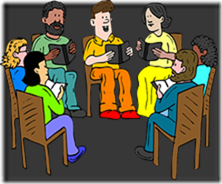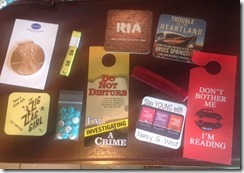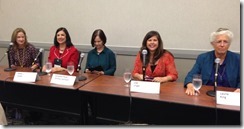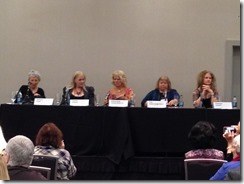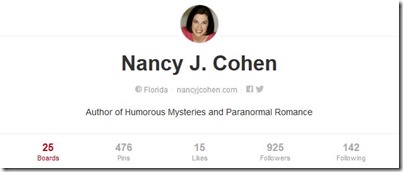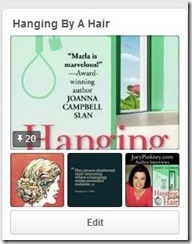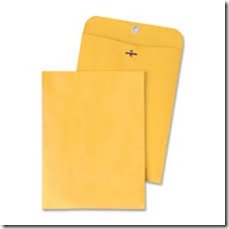I just learned this tip from one of my listserves: Bowker is running a 20% off discount in honor of family history month. The code is Family20 that you apply at checkout. I don’t know how long this discount lasts, so I jumped on it. It’s Sunday morning. I saved $59.00. While on site, I also saw you could buy 10 ISBNs and get a deal to purchase another 10 with it for 50% off the second batch.
This tip came from the Fantasy, Futuristic, & Paranormal Romance loop that I belong to with my RWA membership. I’m not too active there now since I am working only on my Bad Hair Day mysteries at this time, but gems like this one make it worthwhile to keep my membership.
A post on the FRW (Florida Romance Writers) listserve is how I learned about TweetJukebox (http://www.tweetjukebox.com/ ). This site has saved me a considerable amount of time.
What is a listserve? (Note: The trademarked term is LISTSERV) It’s a group email list that you join, usually through yahoo groups. You can choose to receive individual emails or a Daily Digest. The latter allows you to scan the topics and jump to the ones that interest you by clicking on a link.
Much of what I’ve learned about self-publishing, promotion, and business of writing tips has come from the listserves where I belong. I mine them for jewels of information. When I see something relevant, even if it’s not info I need immediately, I copy and paste it into a file. Thus when I am ready to venture out—like into audio books through ACX—I have a complete file with tips and instructions I’ve gleaned from various listserves.
Some of these groups require you to be a member to join. Others are available to all writers. In my view, they might be time-consuming emails but they’re worth their weight in gold—or in this case, in dollars saved. It’s writers helping writers. or writers connecting with readers.
So here are the listserves where I belong. I’ve included the link if it’s open to the public. DorothyL is the only one that is not a yahoo group.
Mystery
Cozy Armchair Group (Readers): cozyarmchairgroup@yahoogroups.com
Crime Scene Writer (Research Questions): crimescenewriter@yahoogroups.com
Dorothy L (Readers): Mystery Literature E-conference DOROTHYL@LISTSERV.KENT.EDU
International Thriller Writers (members only)
Murder Must Advertise (Writers on Marketing) MurderMustAdvertise@yahoogroups.com
Mystery Buffs (Writers & Readers) https://groups.yahoo.com/neo/groups/mysterybuffs/info
Mystery Writers of America: (members only): EMWA, MWA-Breakout, MWA-Self-Publishing
Mystery Writers Promo (private group)
Sisters in Crime: (members only)
Sleuthmail: (Florida Chapter MWA members only)
Romance
Fantasy, Futuristic, and Paranormal RWA chapter: (members only)
Florida Romance Writers: (members only)
Marketing for Romance Writers: MarketingForRomanceWriters@yahoogroups.com
Romance Writers of America: (members only) PAN, Tech, Industry, News
Southwest Florida Romance Writers: (members only)
Other
ELoop: Eloop@yahoogroups.com
Lifeboat Team: Private group – Booklover’s Bench writers
Novelists, Inc: (members only)
Self-Publish: selfpublish-subscribe@yahoogroups.com
Publishers
Five Star: (FS authors only)
The Wild Rose Press: (WRP authors only)
The Wild Rose Press (readers) TheWildRosePress@yahoogroups.com
Do you have any other recommendations?

